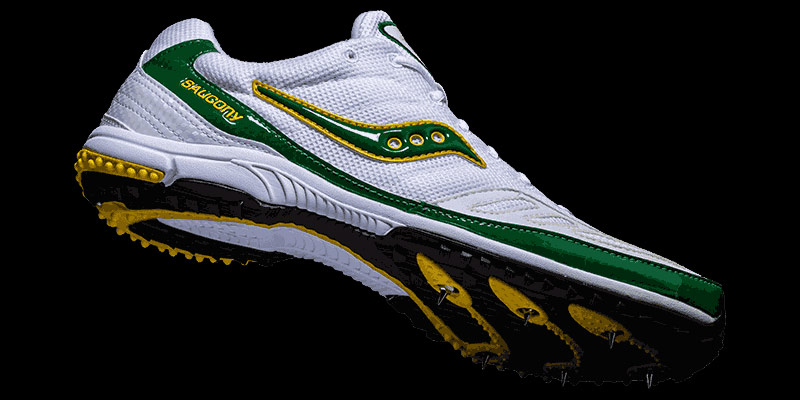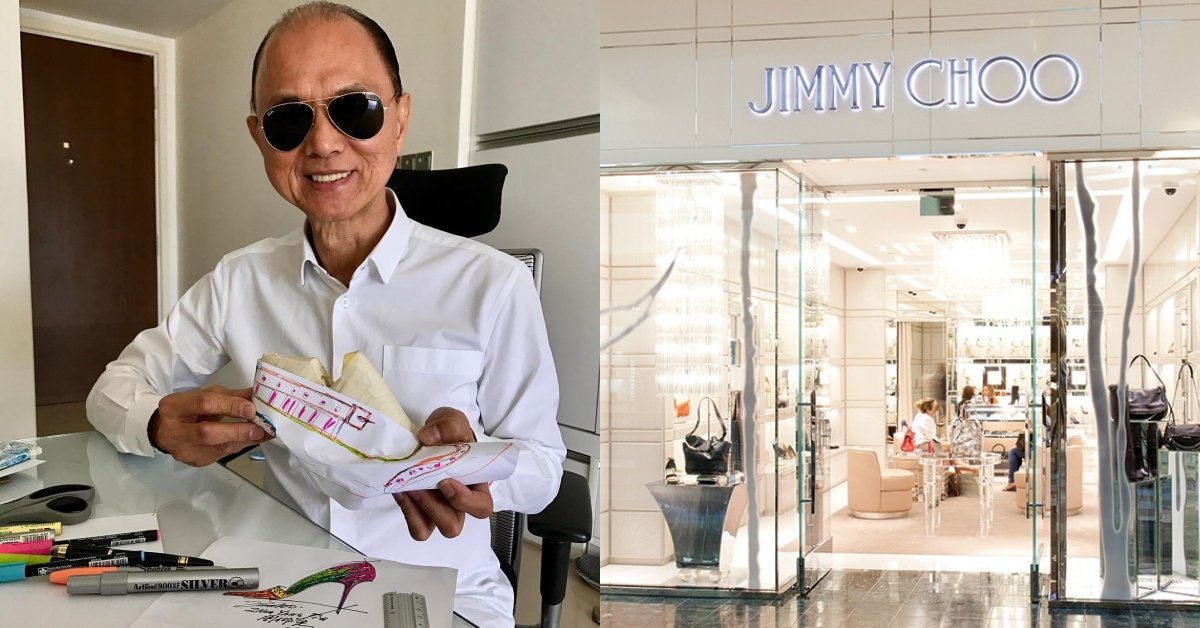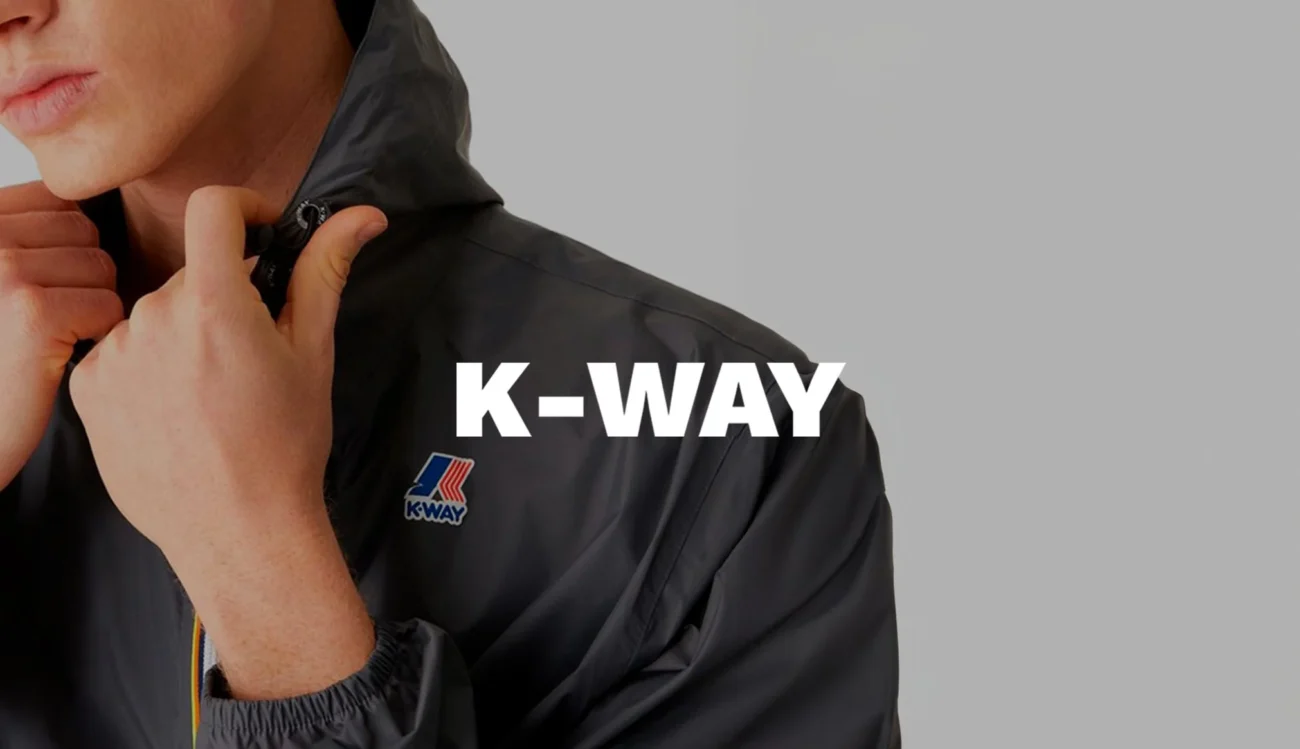Saucony-the history of a sports shoe brand

The beginning of the 20th century for world sports was marked by the growing popularity of running both in the world of professional sports and among ordinary people. For the first time in 1896, at the Olympic Games in Athens, the marathon distance became one of the types of competitions along with others. In 1897, the first Boston Marathon was held in the United States, which became one of the largest and most prestigious races of our time.
In the first half of the 20th century, shoes for sports in general and for running in particular were just beginning to appear. Athletes solved the problem of its absence in different ways, using flat leather shoes with nails driven in instead of spikes, or even competing barefoot. It is not surprising that the appearance of specialized sports shoes was not long in coming both in Europe (remember the history of Adidas) and overseas — in the United States.
In 1898, four young entrepreneurs: William A. Donoyer, Thomas S. Levan, Walter S. S. Snyder, and Benjamin F. Reider started their own shoe manufacturing business in Kutztown, Pennsylvania, in a picturesque location near Saucony Creek. From it came the name of the new company — Saucony Shoe Manufacturing Company. The river is reflected in the company's logo, which depicts a smooth curve of the river, washing its waters with three large boulders.
Interesting fact from Cluttermusen! The name Saucony comes from a borrowed word from the dialect of a tribe of North American Indians. The word "Saconk" meant " a place where two rivers merge together." Currently, there are several ways to read the name Saucony, but the correct one sounds like [sok-a-nii] with an emphasis on the first syllable.
Initially, Saucony produced casual leather shoes for adults and children. Saucony Shoe Manufacturing products were in demand and actively sold out, so in 1906 entrepreneurs were able to build their own small factory. In just 4 years, the factory produced up to 800 pairs of shoes per day. For the beginning of the 20th century, this was an undoubted and rapid progress. Saucony specialists made their first steps in the world of sports shoes by creating custom-made running shoes for athletes.
It took the company many years to establish mass production of running shoes — the Great Depression and World War II made their own adjustments. Only in 1958 did Saucony introduce their novelty — studded sneakers 7446, made of soft kangaroo leather. This model was a great success among many American runners. The 1960s were a turning point in the history of Saucony Shoe Manufacturing company. It was during this period that the factory became part of Hyde Athletic Industries, Inc.
The history of Hyde Athletic is interesting in its own way. Its existence begins in 1910, when an experienced shoemaker Abraham Hyde (Abraham Hyde), who emigrated from the Russian Empire, opened a shop selling home slippers, which were sewn from the remnants of carpet fabric, hence the English "carpet shoes". Hyde's business was successful, and two years later Hyde and Sons was founded in Cambridge, Massachusetts. Abraham's son, Maxwell C. Hyde, was actively involved in the development of the family business, and the small company's range was constantly updated, including models of sports shoes.
By the 1930s, roller skates and figure skates for women made up an impressive portion of Hyde & Sons ' turnover. After Maxwell Hyde took over as head of business management, the brand's range was expanded with specialized shoes for baseball and bowling.
During World War II, Hyde & Sons was exclusively engaged in the manufacture of boots and boots for the US Army. For its success, the company received the prestigious "E Award", being the only shoe manufacturer among the awardees. In 1946, the company finally bet on the production of sports shoes, and in 1952 Hyde acquired the Athletic Shoe Company, after which the company became Hyde Athletic Industries, Inc.
Having resumed work with the government in the early 1960s, Hyde Athletic received an extremely important project to develop-to create shoes for astronauts who participated in the Apollo project. It was in Hyde Athletic shoes that Neil Armstrong and Edwin Aldrin took their first steps on the lunar surface. Despite good sales and cooperation with government organizations, Hyde's business retained the scale of a small family business.
The position of both companies changed forever in 1968. In October, Hyde Athletic acquired Saucony Shoe Manufacturing and is now headquartered in Cambridge, Massachusetts. The merger of two reputable manufacturers who are passionate about sports has influenced their product range — the main task has become the production of shoes for running, bowling, football, tennis, as well as roller and figure skates. In 1972, at the Munich Olympics, American track and field athlete Frank Shorter won the gold medal in the marathon distance, which caused a real boom in running among the American population. If before that, the main focus in the production of Saucony was focused on creating shoes for professional athletes, then after the Consumer Reports magazine awarded them the "Best Quality" award in 1977, sneakers gained universal popularity.
Now the company has focused on developing versatile running shoes for a wide range of users. One of the first models that earned everyone's attention was the "Trainer 80"sneaker. When developing them, Saucony technologists were the first to change the previously accepted standards of running shoes, in particular, they abandoned the "In between" technology, in which dense cardboard was placed on the sole, and began to sew the upper part of the sneaker directly with the insole, so that the shoes became lighter, more flexible and more comfortable.
Next in the list of new products Saucony became sneakers "Jazz", which from the moment of appearance to the present time are very popular. Saucony Jazz was developed in collaboration with orthopedic specialists to ensure that the shoes will be as comfortable as possible for the runner, even at long distances. The sneakers were distinguished by an original sole with triangle treads protruding on it, which had excellent grip. The triangular shape of the protrusions provided excellent traction during the push, which removed a certain level of load from the athlete's muscles and joints. Today, technology has gone far ahead, but traditional, albeit decorative triangles, still adorn the soles of Saucony Jazz sneakers, which are now available as sneakers for everyday wear.
In 1983, Saucony signed a contract with New Zealand athlete Rod Dixon to develop a model of DXN (Dixon) Trainer sneakers, in which Rod was supposed to run the New York City Marathon. Dixon took an active part in the development of his namesake sneakers, testing and improving them. The 1983 New York City Marathon brought him an impressive victory. He had one of the most outstanding finishes in the history of the marathon, running the best mile in less than 3 minutes 53 seconds, with a total time of less than 2 hours 9 minutes.
Interesting fact from Cluttermusen! Rod Dixon finished impressively, beating the marathon leader, English runner Geoff Smith in the last 400 meters and winning by a margin of 9 seconds! This victory was among the top ten fastest results in history.
Following the DXN Trainer, Saucony launches the Shadow Original model. The priority in creating these sneakers was stability, so the most successful technologies used in the production of Jazz were used and brought to perfection. Then there was the Shadow 5000 model, and in 1988 — the Shadow 6000 sneakers with a unique sole on the VIP (Vertical Ionic Pillars) system were released. It provided the athlete with even greater stability, cushioning and comfort. Subsequently, Saucony will present a separate line of shoes Saucony Originals, which will present their most recognizable models of retro-style sneakers, created using the latest technological developments.
In 1991, Saucony released running shoes created using the new GRID (Ground Reaction Inertia Device) technology. G. R. I. D technology, through special slots located in strategic areas, reduces the weight of shoes and allows you to more effectively fix and stabilize the athlete's foot. This system was ahead of its time and continues to be used in the production of Saucony sneakers at the present time.
In 1998, Hyde Athletic officially changed its name to Saucony, highlighting the strength and popularity of the new brand.
In an effort to create the perfect shoes for running in all conditions, Saucony developed and improved sneakers, including for cross-country running. Especially for them in 2003, a new model was introduced — the Kilkenny XC Spike. Running shoes were developed in close collaboration with professional athletes, which allowed them to become lighter and rise to a leading position among professional running shoes.
Listening to the advice and wishes of athletes, in 2009 Saucony created a new model of running shoes — Kinvara-as part of the concept of natural running. They had a low-profile silhouette and a unique sole, becoming the first model in the Saucony collection with a minimum drop of just 4 mm. Kinvara successfully implemented the idea of reducing the drop without losing the cushioning properties of the sole, which affected not only the Saucony range, but also the entire running shoe industry.
Thanks to the work of the Saucony research center, the drop was reduced in all key sneaker models, without reducing the quality of their cushioning. The first model on this list is the Guide 5. Continuing to improve the technologies used, Saucony develops a new Everun depreciation system, which was introduced to the global market in 2016.
Saucony company is one of the leaders of the American market of running shoes along with the Brooks brand, and also competes confidently with other world manufacturers of sports shoes-Mizuno, ASICS, Nike, Adidas. Saucony has only recently been introduced to the domestic market, but we are sure that the brand will quickly gather its army of fans. Since this year, Saucony sneakers are available in the Sport-Marathon store. We tried to choose the most interesting models from their range, which will suit different categories of runners.














